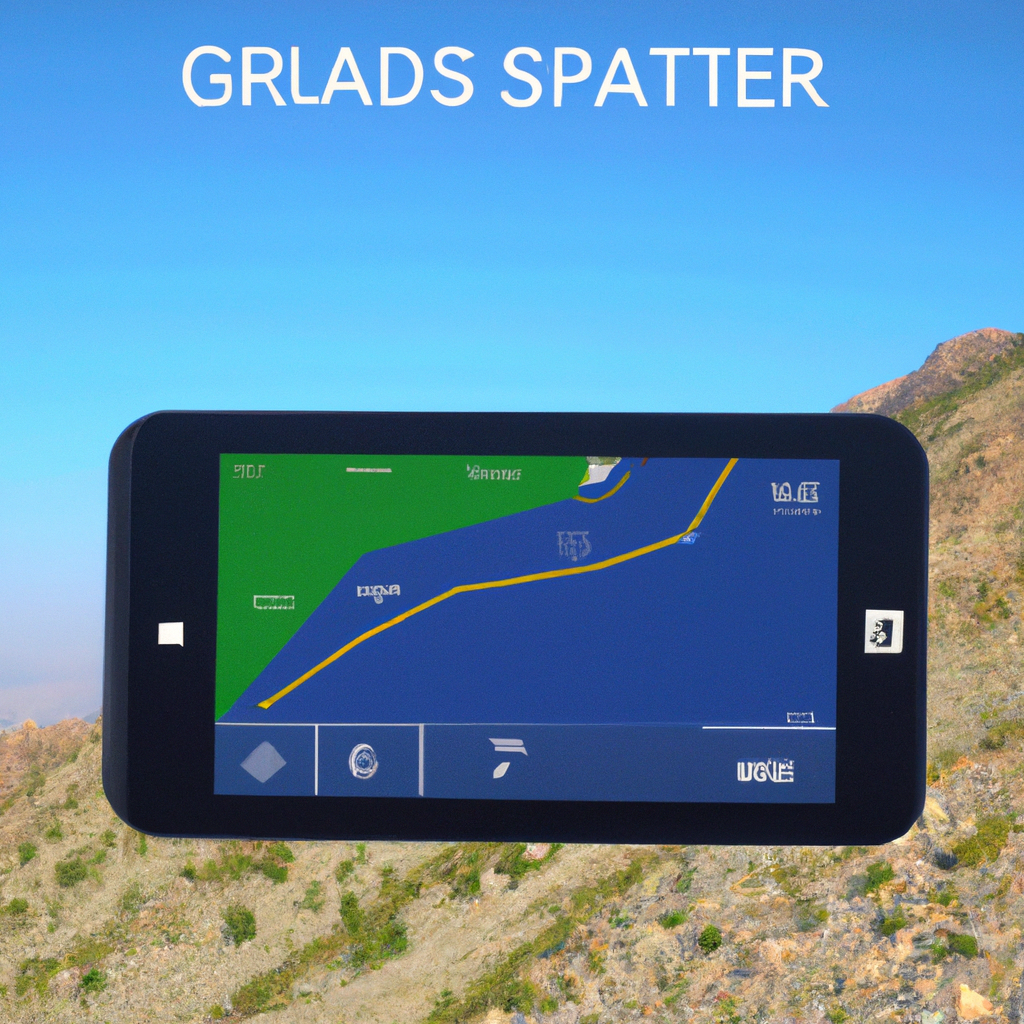GPS Navigation System: A Comprehensive Guide on How it Works
GPS navigation systems have become an indispensable part of modern-day life. From finding directions to tracking the location of vehicles, GPS technology has revolutionized the way we navigate the world. But how exactly does a GPS navigation system work? In this article, we will provide a thorough response to this question and explore the various aspects of GPS technology.
What is GPS Navigation?
GPS navigation, also known as satellite navigation or global positioning system, is a technology that allows users to determine their precise location on the earth’s surface. GPS technology utilizes a network of satellites orbiting the earth to provide accurate location information. A GPS device or GPS receiver receives signals from these satellites and calculates the user’s location based on the received signals.
How Does GPS Navigation Work?
GPS navigation works by utilizing a network of satellites and GPS receivers. The GPS receiver in your device receives signals from multiple GPS satellites. These signals contain information about the location of the satellite and the time the signal was transmitted. The GPS receiver uses this information to calculate the distance between the receiver and each satellite. Once the receiver has determined its distance from at least four GPS satellites, it can calculate its precise location using a process known as trilateration.
Trilateration is a mathematical process that involves determining the intersection point of three spheres. In the context of GPS technology, the spheres are the distance between the GPS receiver and each of the three satellites. The intersection point of these spheres represents the precise location of the GPS receiver on the earth’s surface.
GPS Accuracy
The accuracy of GPS technology depends on various factors such as the number of satellites in view, the quality of the GPS receiver, and the environment. Typically, GPS navigation systems have an accuracy of up to 10 meters. However, with advanced GPS receivers and techniques such as differential GPS, the accuracy can be improved to within a few centimeters.
GPS Signals
GPS signals are radio signals transmitted by GPS satellites. These signals contain information about the location of the satellite and the time the signal was transmitted. The GPS receiver uses this information to calculate the distance between the receiver and each satellite. GPS signals are transmitted at a frequency of 1575.42 MHz and are available to GPS receivers all over the world.
GPS Coordinates
GPS coordinates are a way of expressing the precise location of a GPS receiver on the earth’s surface. GPS coordinates are expressed in terms of latitude and longitude. Latitude refers to the distance of a location from the equator, while longitude refers to the distance of a location from the prime meridian.
Conclusion
GPS navigation systems have transformed the way we navigate the world. The technology behind GPS navigation is based on a network of satellites and GPS receivers. GPS receivers receive signals from GPS satellites and use trilateration to calculate the precise location of the receiver on the earth’s surface. Despite its widespread use, GPS accuracy can be affected by various factors such as the number of satellites in view, the quality of the GPS receiver, and the environment. Nonetheless, GPS technology has become an essential tool for navigation, tracking, and other applications.







